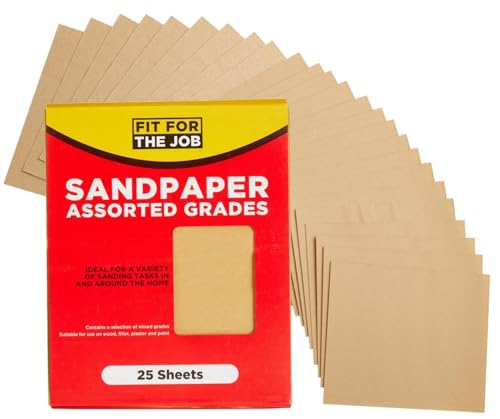Sanding Acrylic? Here Are the Best Sandpaper Options
Sanding acrylic can be a delicate and tricky process. Whether you are working on an art project or trying to polish a piece of acrylic furniture, using the right sandpaper is essential. The wrong choice can result in scratches or an uneven surface. So, what is the best sandpaper for sanding acrylic? Here are a few options:
Wet/Dry Sandpaper
Wet/dry sandpaper is a versatile option that can be used for a wide range of materials, including acrylic. It can be used dry or wet, depending on your preference and the specific project. When using wet/dry sandpaper for acrylic, it is important to wet the sandpaper with water to achieve the best results. This helps to prevent the acrylic from overheating and creating melted spots or scratches. Wet/dry sandpaper typically comes in various grits, so choose a finer grit for a smoother finish.
Micromesh Abrasive Sheets
Micromesh abrasive sheets are specially designed for delicate materials like acrylic. They are made from a flexible cloth-like material embedded with fine abrasive particles. Micromesh sheets come in a range of grits, from coarse to ultrafine, allowing you to progress through the sanding process with finesse. The ultrafine grits can even be used to give the acrylic a polish. To use micromesh sheets, simply wrap them around a foam or sponge block and sand the acrylic in a circular motion.
Sanding Sponges
Sanding sponges are another great option for sanding acrylic. They are flexible and easy to grip, making it easier to navigate curved or uneven surfaces. Sanding sponges can be used dry or wet, depending on your needs. They come in various grits, so choose a finer grit for a smoother finish. When sanding acrylic with a sponge, use light pressure and move in a circular or back-and-forth motion to avoid scratching the material.
Abrasive Buffing Pads
Abrasive buffing pads, also known as sanding discs or buffing discs, are typically used with power tools like drills or rotary tools. These pads are coated with abrasive materials that can effectively sand and polish acrylic. They come in different grits and sizes, so be sure to choose the appropriate pad for your project. When using abrasive buffing pads, be cautious not to apply too much pressure, as it can generate too much heat and melt the acrylic.
Sandpaper with a Fine Grit
If you prefer to stick with traditional sandpaper sheets, opt for ones with a fine grit. Look for sandpaper specifically designed for use on plastics or acrylics. Choose a grit between 320 and 600 for sanding acrylic. This range will help remove imperfections and leave a smooth finish without causing any damage. Remember to use a light touch and make sure the sandpaper is clean and free from debris to avoid scratching or marring the acrylic surface.






